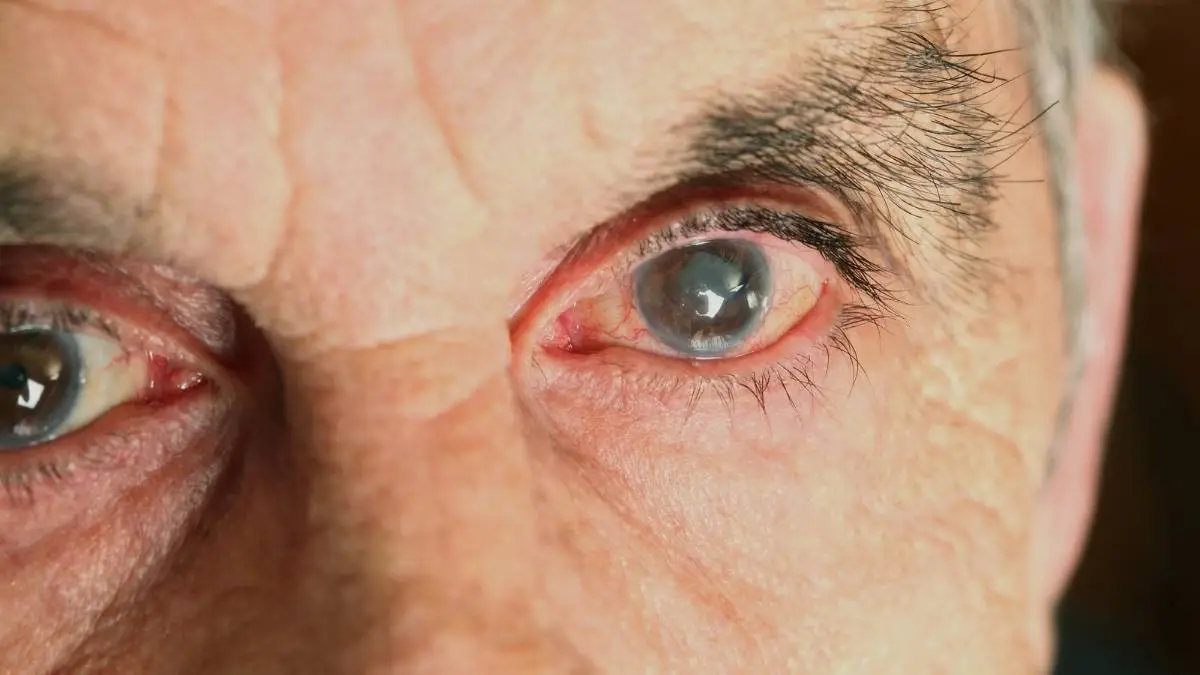
Are you facing a cataract? Every day, thousands of people do.
Cataracts are often a gradual process that starts with little signs and symptoms. The first sign might be fuzzy vision or changes in colours. Over time, the clouding of your lens can create a blurry image, making it difficult to see clearly. This condition can lead to difficulty reading, driving, and other activities that require good sight.
Cataract surgery is an effective method of removing the cloudy lens that forms in the eye over time. Despite this, there are many types of cataract lenses available on the market, so you may wonder which is the right one for you.
What Exactly is an Intraocular Lens (IOL) Implant?
An intraocular lens (IOL) is a small artificial lens that replaces the natural lens of the eye during cataract surgery. The IOL has similar focusing power to the natural lens; without it, very thick glasses would be required after cataract surgery.
IOLs, like prescription spectacles or contact lenses, can be made with varying focusing powers. Before cataract surgery, precise measurements of your eye will be taken to help determine the best power IOL for your eye.

The Different Types of Lenses for Cataract Surgery
Choosing the right types of lenses for cataract surgery is important to ensure a successful and safe procedure. There are three main types of lenses used in cataract surgery: monofocal, multifocal, and progressive lens. Each has its own benefits and drawbacks, so it's important to choose the type that will best suit your needs.
1. Monofocal IOLs:
Monofocal IOLs are the most common type used in cataract surgery.
They produce a clear image in one focus point. It can be set to focus for close work, medium range, or distance vision, depending on your visual requirements.
Most people prefer clear distance vision, which is ideal for driving, walking, and seeing people from a distance. Reading or close work usually necessitates the use of eyeglasses.
2. Multifocal IOLs:
These lenses have multiple focal points, which means they can improve your vision in both near and far distances. They're ideal for people who want to keep their distance vision and read print without having to adjust their glasses. Multifocal lenses includes bifocal, trifocal and progressive multifocal.
Bifocals provide two focal points: close-up and faraway. The close-up focus is for reading or using small print, while the faraway focus is for seeing objects in the distance. Trifocals give three focal points: close-up, intermediate distance, and faraway. The intermediate distance focus is for things up to about six feet away, while the faraway focus is for things at a greater distance. Progressive multifocals offer more than one focal point throughout their range of use.
3. Toric IOLs:
Toric lenses are not as commonly used as other lens types, but they can be a good option for people with astigmatism. Astigmatism is a common eye condition in which the shape of the eye's retina is not perfectly round. This can cause blurry images and distorted vision.
What's in an Intraocular Lens?
The majority of IOLs are made of acrylic, silicone, or other plastics. These materials are inert and do not react with your eye or harm its natural structures. IOLs are coated with a special material that shields your eyes from harmful ultraviolet (UV) light.
Keep Your Eyes Open for These 7 Post-Cataract Complications
Cataract surgery has little side effects, but the following are possible:
Blurry vision - It is very common to have blurry or unclear vision in the days, and sometimes even weeks, following cataract removal. Most of the time, this is caused by normal swelling in the eye as a result of surgery.
Dry eye - Almost all patients experience some level of eye dryness following cataract surgery. When your surgeon makes the incisions needed to reach your lens, a small number of nerves on the surface of your eye are cut. These nerves are part of the feedback loop that tells your eye to produce tears for lubrication.
Discomfort - Many people complain that they have sand in their eyes or that their eyes are scratchy after surgery. This is a normal sensation caused by the small incision in your eye, and it should go away in about a week.
Glare and halos - After cataract surgery, many patients experience "unwanted visual images," also known as dyphotopsia. Positive dysphotopsia manifests itself as glare, halos, and light streaks. They are more common at night or in low light, and they are more common with multifocal lenses.
Light sensitivity - Light sensitivity is to be expected after cataract removal due to eye dryness. However, if your eyes squint or close when exposed to light, this could be a sign of eye inflammation.
Red eye - It is very common to have a red or bloodshot eye after surgery. In most cases, it is caused by inflammation and/or a ruptured blood vessel, also known as a subconjunctival haemorrhage.
Floaters - After cataracts are removed, you may experience floaters, which are small dots or lines in your field of vision. These are the shadows cast by small clumps of vitreous gel, the clear gel that fills your eye.
Although the complications listed above are usually minor and tend to recover in 2-3 months time. However, if you are not feeling well as a result of the symptoms you experienced, you should see your opthomologist immediately and not to wait further.

Things to Consider in the First Two Weeks After Cataract Surgery
Avoid heavy lifting and strenuous activities.
Do not swim or use a hot tub to help prevent infections.
Try not to rub your eye(s) after surgery.
Avoid wearing eye makeup and using face cream or lotion.
Avoid environments with high levels of dust, wind, pollen, and dirt to avoid eye irritation.
Wear sunglasses in bright sunny day. This may be necessary for up to a year following cataract surgery.
Consume antioxidant eye supplements such as bilberry extract to reduce inflammation and oxidative stress following surgery.
Conclusion
It is important to be informed about your cataract lens options and to have a conversation with your doctor to decide which option is best for you. There are many factors to consider when making this decision, and your doctor will be able to help you navigate through the process.
Related read:













